By Hayley Winter.
A mirrored tuff tray insert is an innovative tool that can transform early years learning environments. Its reflective surface offers children a stimulating and dynamic platform for various activities, enhancing both creativity and cognitive development. Whether you’re exploring small-world play, self-portraits, or mark-making, this versatile tool can ignite curiosity and open up endless possibilities for exploration. In this blog, we’ll highlight the benefits of using a mirrored tuff tray insert and provide 3 fun activity ideas to inspire your next session.
Benefits of a Mirrored Tuff Tray Insert
Sensory Exploration: The mirrored surface naturally draws children’s attention, stimulating their senses as they explore reflections and light. They are fascinated by the way their image changes depending on their position and perspective. This offers a sensory-rich experience, encouraging children to observe, touch, and investigate their surroundings more closely.
Supports Self-Awareness and Emotional Development: Mirrors are excellent tools for promoting self-awareness in young children. As they see their own reflection, they start recognising facial expressions and begin to develop emotional literacy. They can engage in activities that promote discussions about emotions, expressions, and identity, which is critical in early years development.
Encourages Collaborative Play: The tuff tray’s size allows multiple children to play at once. This promotes sharing, cooperation, and teamwork, key social skills that are nurtured in early years settings. The mirror can foster communication as children describe what they see and work together on activities.

Three Activity Ideas for Your Mirrored Tuff Tray Insert You Can Use In Your Setting
- Self-Portraits: Exploring Identity
Using the mirrored tuff tray insert for self-portraits can help children develop a deeper understanding of their own identity. Provide them with dry-erase markers or paint pens, and let them use the mirror as a canvas to draw their reflection.
– Encourage them to focus on facial features, emotions, and expressions.
– This activity promotes fine motor skills as children carefully draw what they see.
– It also supports emotional development as children explore their sense of self and share their thoughts about how they feel when looking in the mirror.
- Mark-Making: Reflective Creations
The mirrored surface is perfect for mark-making, a key early literacy activity. Children can use paintbrushes, fingers, or chalk markers to create patterns, shapes, or letters on the smooth surface.
– The reflective nature of the tray makes the activity even more engaging, as children can see their marks mirrored and doubled.
– Incorporating different tools such as brushes, sponges, or even fingers can support the development of fine motor skills.
– Mark-making activities can also help develop pre-writing skills, hand-eye coordination, and encourage creativity.
- Small World Play: Reflections of Nature
Small-world play is a fantastic way to encourage imaginative storytelling and role-play. With the mirrored insert, children can explore how their small-world characters and objects are reflected, adding a new layer of fascination. Create a forest or underwater scene, and let children observe how the reflection mirrors the sky or sea. This encourages them to think about symmetry, perspective, and the idea of “worlds within worlds.”
– Add natural materials such as leaves, stones, or sand to represent a woodland setting.
– Children can place toy animals or figures in the scene and see how they are reflected, sparking discussions about habitats and ecosystems.
– The reflective surface adds depth, allowing them to engage more fully in their imaginative world.



